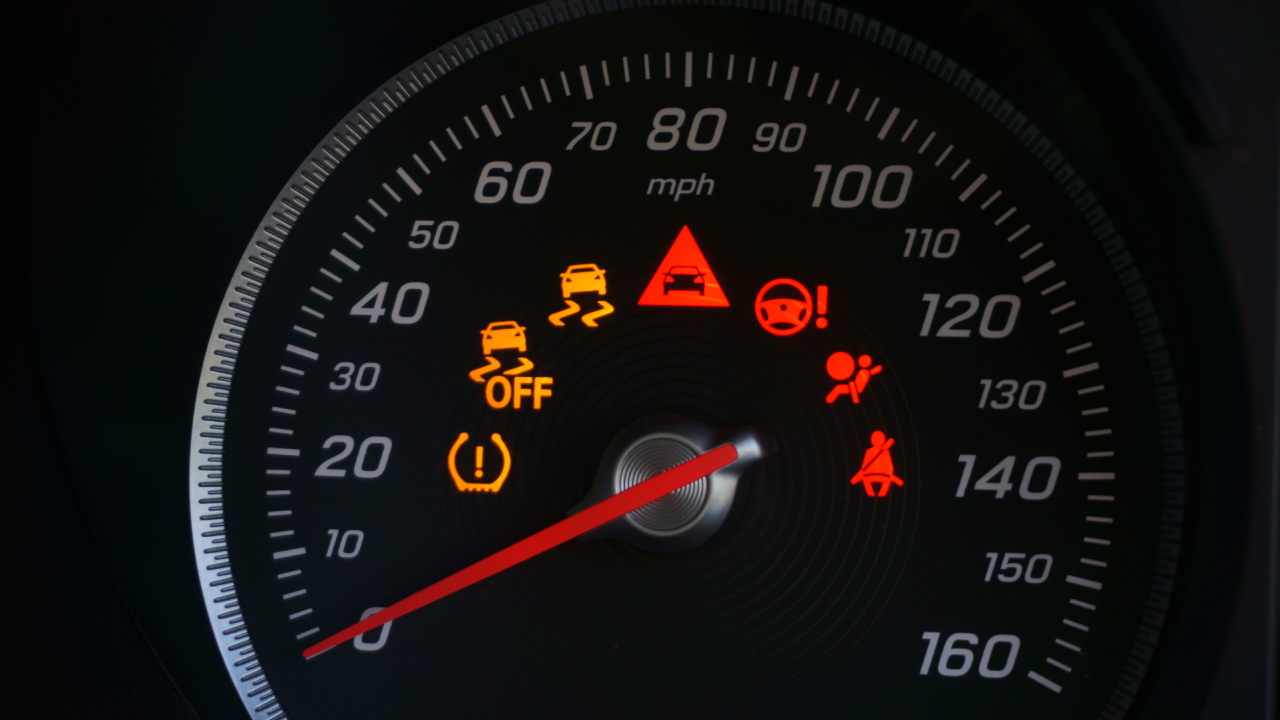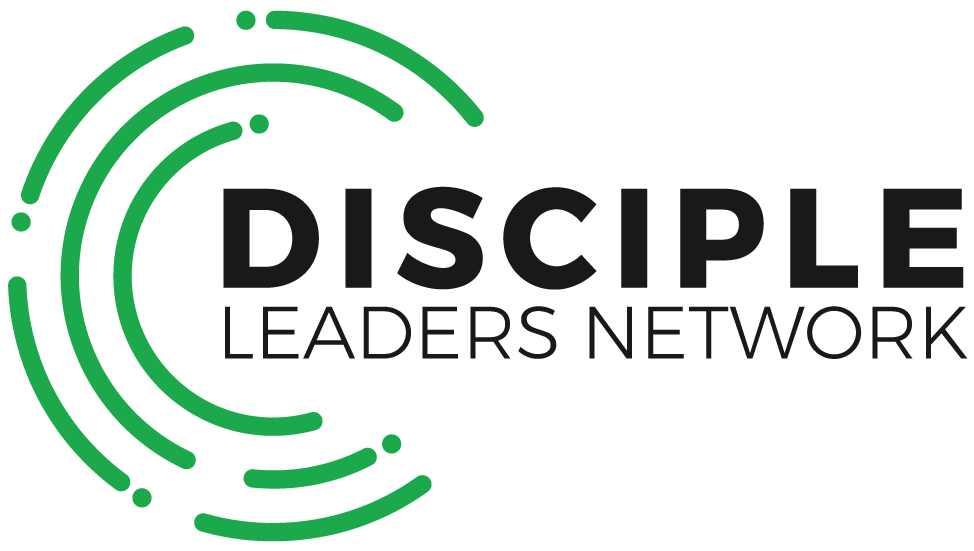When the Dashboard Lights Flash

John McClendon | November 1, 2025
When the Dashboard Lights Flash: A Wake-Up Call for Disciplemaking
We’ve all felt that moment of concern—or irritation—when a light flashes on our car’s dashboard. Some indicators are easy to interpret, while others leave us scratching our heads, especially with the complexity of modern vehicles. Today, there’s a light for everything. And when one starts blinking, we typically have four options: ignore it, fix it ourselves, take it to a mechanic, or—if we’re really fed up—trade in the car.
Now imagine your church has a dashboard too—not for oil pressure or tire rotation, but for disciplemaking. What if warning lights began flashing there? As a disciplemaking leader, your choices are strikingly similar: ignore the issue, attempt a fix, call in help, or—though we hope not—walk away and find another church.
To keep your church’s disciplemaking dashboard healthy and responsive, it should monitor four essential elements: two focused on environments, and two centered on relationships.
Two Key Environments
1. Corporate Worship Environment
This is the heartbeat of your church’s public gathering. It should be a space where believers come with expectant hearts, ready to encounter God’s presence and power. Equally, it should be a welcoming place for those far from God—where the Spirit moves so clearly that, as Paul writes, “The secrets of [their] heart will be revealed, and as a result [they] will fall facedown and worship God, proclaiming, ‘God is really among you.’” (1 Corinthians 14:25, CSB)
2. Core Group Environment
Core groups—often expressed through Sunday School or small group ministries—are where deeper growth happens. These groups should meet consistently, center on Scripture, foster authentic relationships, and actively engage in ministry. They must also be intentional about connecting guests and integrating every member into the life of the church.
Two Vital Relationships
1. Guests
Every believer should be cultivating relationships throughout the week, with the hope that these connections lead to gospel conversations and ultimately to church involvement. When someone visits your church, you become a steward of that relationship. The environments you’ve built should offer them opportunities to hear God’s Word, engage with believers, and respond to the Spirit’s prompting.
2. Members and New Members
According to the 2022 State of Theology Report, only 68% of evangelicals believe church membership is a biblical obligation. That statistic might be a flashing warning light. Raise the value of membership by teaching its theological and practical significance. Encourage every member to join a core group, attend worship regularly, and serve in at least one area of ministry.
Don’t Ignore the Dashboard
Healthy relationships and vibrant disciplemaking environments are the glue that holds your church together. If your dashboard is flashing, don’t look away. Lean in. Diagnose the issue. Strengthen what’s weak. And above all, keep building a church where disciples are made, matured, and multiplied.
John McClendon’s Disciplemaking Dashboard is more than a tool—it’s a mindset shift for churches seeking to take discipleship seriously. Rather than relying on assumptions, the Dashboard offers five clear diagnostic questions to help churches evaluate how effectively they are making disciples. It’s not about adding another program; it’s about examining whether your current environment produces people who follow Jesus.
